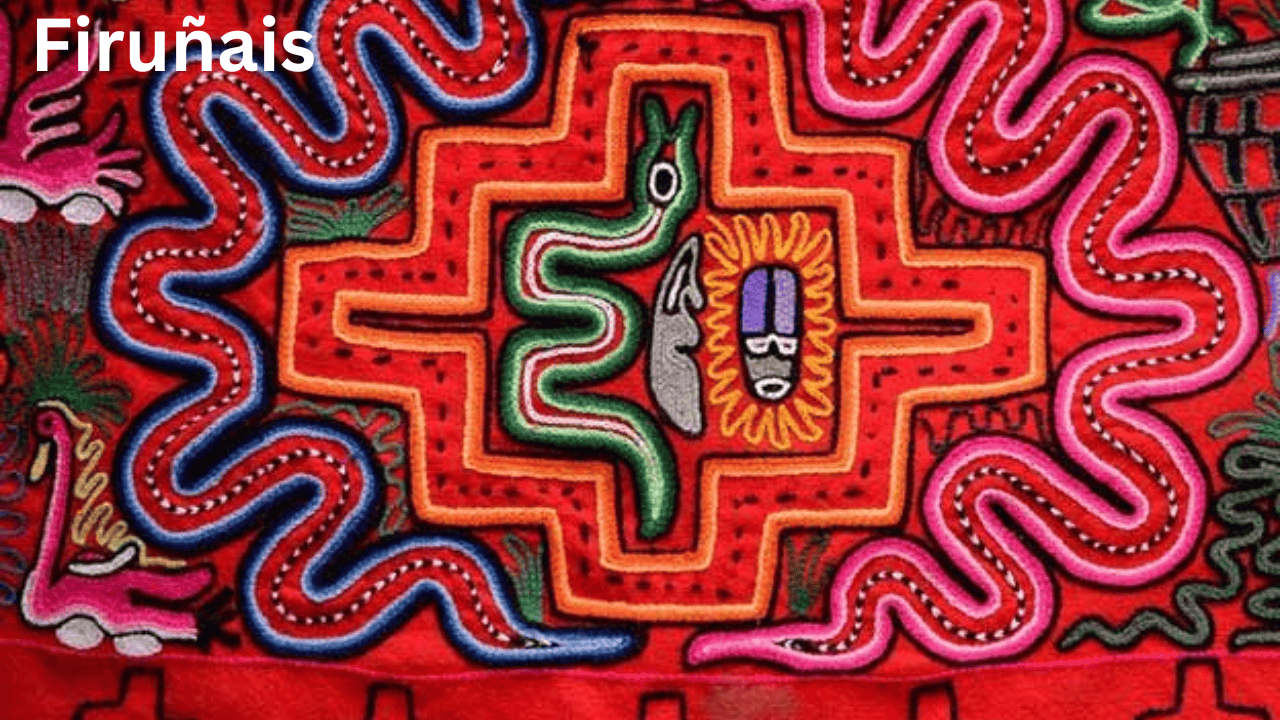Firuñais is a term that has piqued the curiosity of many across various fields, ranging from linguistics to cultural studies. In this article, we aim to unravel the intricacies of firuñais, examining its origins, meanings, applications, and its broader significance in contemporary contexts. This comprehensive guide will also address frequently asked questions to provide a holistic understanding of the topic.
What is Firuñais?

Firuñais is not merely a word; it encapsulates a range of interpretations depending on the context in which it is used. While some consider it a linguistic construct, others view it as a cultural or symbolic element. Below, we delve into its multiple dimensions:
1. Linguistic Perspective
From a linguistic standpoint, firuñais is often described as a term with roots in several ancient languages. Its phonetic composition suggests influences from Romance languages, particularly Spanish or Portuguese. Linguists argue that the unique diacritical mark (ñ) in the term signifies its cultural specificity.
2. Cultural Significance
Culturally, firuñais holds a symbolic value. In certain communities, it is linked to traditional practices or folklore, representing themes such as unity, resilience, or transformation. The term has also been featured in music, literature, and art, further cementing its role as a cultural emblem.
Historical Origins Firuñais

To fully understand firuñais, exploring its historical background is essential. The journey of this term traces back to ancient civilizations, where language served as both a communicative tool and a cultural repository.
1. Ancient Roots
Historians believe that firuñais emerged during the early medieval period. Its presence in historical manuscripts and oral traditions suggests that it played a significant role in rituals or storytelling practices of the time.
2. Evolution Over Time
As societies evolved, so did the usage of firuñais. During the Renaissance, it began to appear in literary texts, often symbolizing philosophical ideas or existential themes. In modern times, it has transcended its original context to gain relevance in academic and artistic circles.
Applications of Firuñais
The versatility of firuñais is evident in its diverse applications across various domains:
1. Linguistics and Semiotics
In the realm of linguistics, firuñais is studied for its unique structure and semantic implications. Scholars analyze its phonetic nuances and syntactic versatility, which make it a fascinating subject of study.
2. Literature and Art
Authors and artists often incorporate firuñais into their works to evoke a sense of mystery or cultural depth. Its use as a literary device or artistic motif has been observed in multiple genres, from poetry to abstract art.
3. Modern Communication
In contemporary settings, firuñais is sometimes employed in branding, social media, or advertising. Its distinctive sound and visual appeal make it a memorable choice for names or slogans.
Symbolism and Interpretation
The symbolic nature of firuñaiis has been a topic of extensive discourse. Below are some common interpretations:
1. Unity and Harmony
Many associate firuñaiis with concepts of unity and harmony, often using it in contexts that promote togetherness or collective well-being.
2. Transformation and Growth
In some traditions, firuñais symbolizes personal or communal transformation. This interpretation aligns with its historical use in narratives that highlight resilience and renewal.
Common Misconceptions
Despite its growing recognition, firuñaiis is not free from misconceptions. Here, we address some myths surrounding the term:
1. It Is a Modern Coinage
Contrary to popular belief, firuñaiis is not a recent invention. Its historical roots debunk the notion that it is a product of modernity.
2. It Has a Single Meaning
Another misconception is that firuñaiis has a fixed meaning. In reality, its interpretation varies across contexts, cultures, and disciplines.
The Future of Firuñaiis
As the world becomes increasingly interconnected, the relevance of firuñaiis is likely to grow. Its adaptability ensures its continued significance in both traditional and modern contexts.
1. In Education
Educational institutions may incorporate firuñaiis into curricula, particularly in courses on linguistics, cultural studies, or history.
2. In Technology
With the rise of artificial intelligence and digital communication, firuñaiis might find new applications in computational linguistics or creative programming.
Frequently Asked Questions (FAQs)
1. What does firuñais mean?
Firuñais is a multifaceted term whose meaning depends on the context. It may represent cultural symbols, linguistic constructs, or philosophical ideas.
2. Where does firuñaiis originate from?
Its origins trace back to ancient civilizations, with notable influences from Romance languages and medieval traditions.
3. How is firuñais used today?
In modern times, firuñaiis is used in literature, art, branding, and academic studies. It serves as both a creative and scholarly element.
4. Is firuñais associated with a specific culture?
While its roots are tied to particular cultural traditions, firuñaiis has transcended regional boundaries to gain global relevance.
5. Can firuñaiis be considered a symbol?
Yes, firuñaiis is often viewed as a symbol of unity, transformation, or resilience, depending on the cultural or philosophical lens.
Conclusion
Firuñais is more than just a word; it is a bridge between the past and the present, embodying a spectrum of meanings and applications. Its rich history, cultural significance, and modern-day versatility make it a fascinating subject of exploration. As we continue to delve into its depths, firuñaiis stands as a testament to the enduring power of language and culture.










